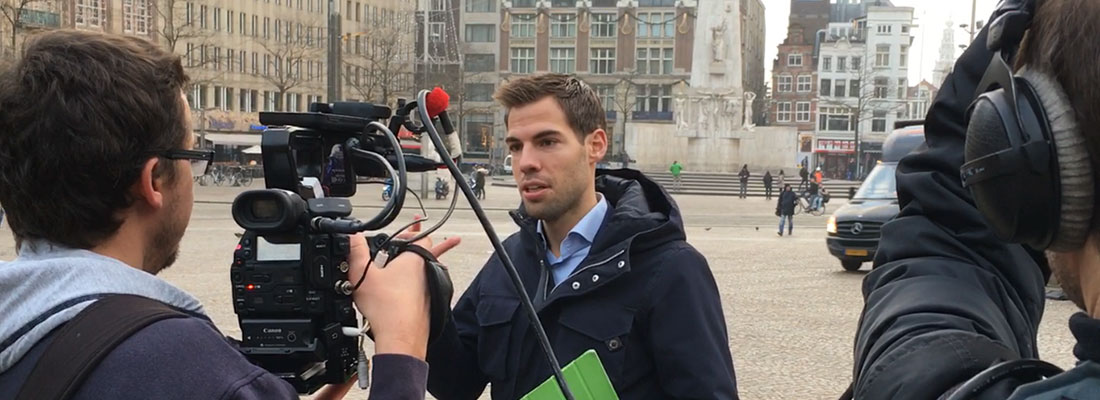‘Thanks to our panel and real-time data collection, we can quantify what we observe’
‘Thanks to our panel and collection of real-time data, we can quantify what we observe in traffic and transport almost instantly. Other interesting patterns appeared: more and more people opted for a short walk around the block after lunch and dinner time. On some days people spent more time walking than driving in their car. Something that normally only occurs on Kings day (public holiday). After a sharp decline in shopping in general, we noticed an increase to hardware stores and garden centres.’
‘In the last weeks, we have seen a steady grow of car traffic and I expect this will increase to normal levels in the weeks to come. City centres are attracting more visitors. The use of public transport remains low, but I wonder what will happen when we open up little by little.’
‘At DAT.Mobility, I spend most of my time on innovation and analyses in the field of mobility. The studies range from public transport to cycling and from driving to walking. It is our ambition to give policymakers the best information available so they can make their policies even more effective. My aim and passion is to provide well-grounded insights in mobility which are innovative and complex, yet visually attractive and easy to comprehend by policy makers.’
‘My job and tasks definitely changed since the intelligent lockdown. There were days where I had the role of data analyst, spokesman and PR-consultant in one. Interesting times. Our insights were published in most of the major national newspapers in The Netherlands. Very exciting. However, my absolute highlight was to the very first item of the national tv-news at prime time on a Saturday, providing them with the latest insights about our movement patterns in Corona times.’
‘I don’t believe in the use of data only’
‘You ask me about my view on the mobility transition? Well, as data-analyst I find it important to know and follow the facts. I truly believe data can help us in optimising our mobility system. However, I don’t believe in the use of data only. Critical thinking and a thorough interpretation by humans is crucial. Data won’t solve everything. It provides valuable insights, but we need creativity and new concepts to make the change. Nevertheless, it goes without saying that data will play a big part in our future.’
‘Take this outbreak. Both our data and us have benefited from it. It brings us new challenges and it has speeded up our innovation. We plan to expand and continue the panel so we are able to do more in-depth and advanced analyses in the future. The more history we built up, the more interesting questions we are able to answer. We could for example study the impact of live events on the way people travel. Does someone switch to other modes of transport when he/she becomes a parent? It is my passion to discover and analyse new things with the help of data available and to translate these stats into understandable reports and visuals that policymakers can make use of. I look forward to doing more of this in the future.’
Sander van der Drift is geo-data scientist at, a Dutch company for IT solutions and data analyses for mobility. DAT.Mobility has 40 employees and works closely with the more than 200 mobility experts of Goudappel Coffeng. Their aim is to make mobility choices more visible, simpler, and more effective, for today’s journey and tomorrow’s world.








